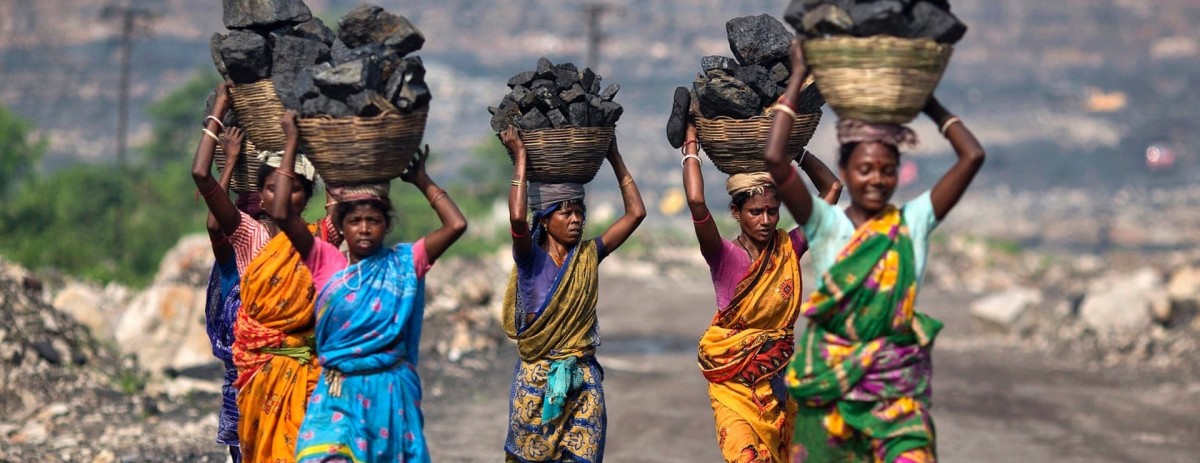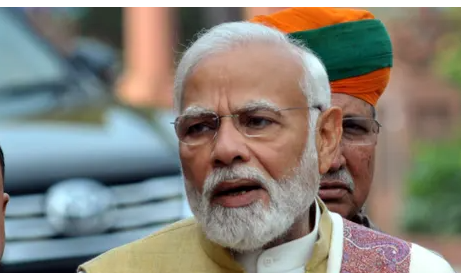
Mumbai: The age of inflation is upon us. Fast-moving consumer goods (FMCG), consumer durables, cars, two-wheelers, fuel, fertilisers, steel, nickel, semi-conductors and many other finished products as well as raw materials have witnessed a steep price hike in the last few months. Millions of people around the globe, bracing themselves against inflated commodity costs, are simultaneously – even if indirectly – suffering as a consequence of the Russian invasion of Ukraine.
Another weighty addition to the painfully long list of inflated commodities – one that will further erode the common man’s earnings in the form of second-round effects – is coal.
On December 7 last year, the Ministry of Power, hoping to avoid a possible spell of coal scarcity and, consequently, a deficit in electricity production, issued an advisory to domestic coal-based power plants, directing them to blend their existing stock with imported coal to the extent of 4%.
Recently, on March 26, the Ministry issued another circular, directing coal from Coal India Limited (CIL) and Singareni Colliers Company Limited (SCCL) to be supplied to all power generating companies (gencos) on a ‘proportionate basis’.
“It will not be possible to give more coal than on proportionate basis to make up for the shortfall,” the circular read.
The Ministry of Power means business. It plans on pulling up power plants that are taking longer than the prescribed amount of time to unload coal from railway racks. The greater the delay in power companies unloading coal, the lengthier the turn-around time.
“The Central Electricity Authority (CEA) has been asked to monitor the unloading time at power plants and it has been decided that lesser number of rakes would be made available to such power plants where there is slackness in prompt unloading of coal from rakes (sic),” the circular, issued last month, reads. “This step has been taken with the objective of maximising the utilisation of available railway rakes. Therefore, this aspect may be monitored at the level of state government and unloading of coal may be ensured within the given norms.”
Such conscientiousness from the power ministry is not misplaced, considering the dire straits India finds itself amidst the backwash of the Russia-Ukraine war. A March 24 ICRA (formerly, the Investment Information and Credit Rating Agency of India) note on the coal cost inflation risks that India faces makes for worrisome reading. It points out that reserve coal stocks in the run-up to the peak summer season remain quite low, “accentuating risks of a supply shortage in FY23.”
In fact, the report warns that Coal India would need to ramp up its production to 700 million tonnes “to avert a shortage”.
This could be a problem, considering CIL’s highest production in the last decade was reached in FY19, when it produced 606.89 million tonnes which, even then, fell way short of the required 700 million tonnes, as expected by the ICRA.
In any case, in FY20 and FY21, CIL produced raw coal of 602.13 and 596.22 million tonnes respectively, missing its own target by 9% and 16%. Another key point to bear in mind is that only non-coking coal can be used for power production in thermal power plants.
While raw coal production by CIL continues to flounder much below the ambitious FY24 target of one billion tonnes, prices have been shooting up across global as well as domestic markets. In its note, the ICRA points out, “Imported coal costs for domestic users poised to sequentially spike by 45-55% in Q1 FY2023 as markets face supply disruptions following the Russia-Ukraine conflict. Domestic coal prices have also doubled since Q1 FY2022, as spot e-auction premiums (of Coal India) reportedly touched 300% in March 2022.”
The said premium is up from 270% in February this year; 232% in January; and 30% from February last year.
Three factors are working in tandem to make this summer one of the worst that the Indian power consumer will face. Even as the Russian invasion continues to cast an inflationary overhang over the commodities market, domestic consumption in India is rising, as summer is just around the corner, while the Indonesian coal price index has gone through the roof, shooting up by over 140% in the last 12-month period.
No wonder, then, that a perfect storm, long in the making, is set to hit the Indian power sector, and ominous signs of it are surfacing in the power tariff charts on the Indian Energy Exchange (IEX). In the day-ahead-market (DAM) on the IEX, prices doubled to Rs 8 per unit in March from Rs 4.4 per unit in February this year.
Unfortunately, a torrent of bad news awaits the Indian power sector. That the coal crisis knocking at the door of Indian gencos is evident from the coal stocks at the thermal power stations. Against the normative requirement of maintaining reserve coal stock levels that can last for 24 days, the reserves are at the dismal level of nine days, as of March 28.
In Punjab, the situation crossed over from the ‘alarming’ to ‘god-willing’ territory in late March as two thermal power plants under the aegis of Punjab State Power Corporation Limited (PSPCL) held stocks that could only last for a pathetic 1.7 and 2.1 days. By the end of March, the number of power plants with critical or super critical reserves (those that have less than seven days worth of stocks) was 98; a big jump from the 69 in November last year and just marginally better from 127 as seen in September last year.
What’s the damage?
How severely is the coal cost escalation likely to hurt distribution companies and the retail consumer respectively? For power projects that rely on imported coal, ICRA estimates that the power generation cost has spiked up by Rs 3 between March, 2021 and March, 2022. The credit rating agency has also presented different cost, scenarios taking into account the fluctuating international coal steam price levels and the total share of imported coal by the power sector.
“Incremental impact on cost of power supply for the state-owned distribution utilities is estimated at about 18 paise/unit, in a scenario of share of coal imports at 8% (against 4% seen in 9M FY2022) in the overall coal consumption and based on international steam coal price level of 110 USD/MT (GCV of 4200 Kcal/Kg) (against 73 USD/MT in 9M FY22). The impact thus varies and remains sensitive to international steam coal price level, INR-USD exchange rate as well as share of coal imports for the power sector (sic),” the ICRA said. The Wire


